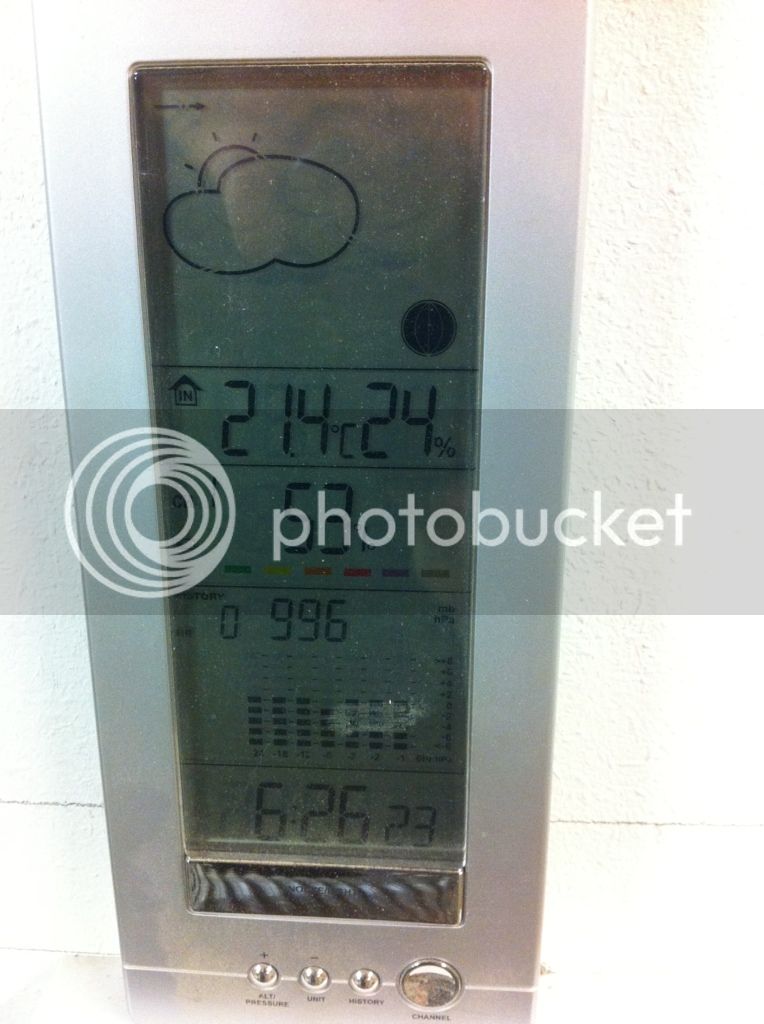Mark, power used depends on the selected drying mode. Mine has at least two power levels, and several modes. I think power can be about 400 or 700 watts, and only when drying of course. Different modes determine the target RH level using internal humidistat and how quickly that is achieved. Being dessicant type, the drying effeciency stay pretty good at lower temps., where as I think the compressor types struggle more.
Sure, running this unit / above power costs money. But it is nothing compared to my timber and lighting costs, and worse the cost of fixing a warped project! Still, Yetty is happy, the power used puts needed warmth into the workshop when there's a project on the go!
Some advocate building design improvements, but for me that would be rather more costly, both cost and space wise. This works for me and I guess it depends each individual’s situation.
As previously mentioned there is little/no rusting of steel and ironwork, no obvious condensation. Surprisingly, I’ve found the workshop feels a few degrees warmer than actual, so I’m able to work at lower temperatures.
Sorry about rambling beyond your question, thought it might help.








